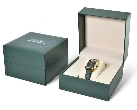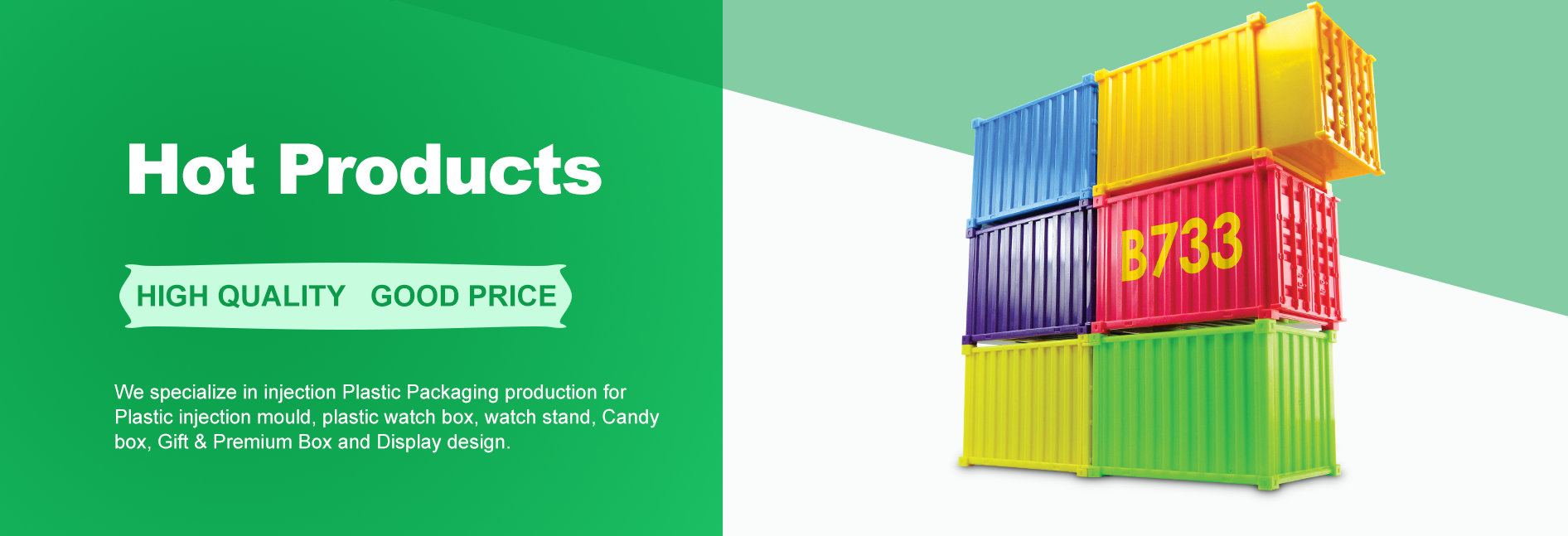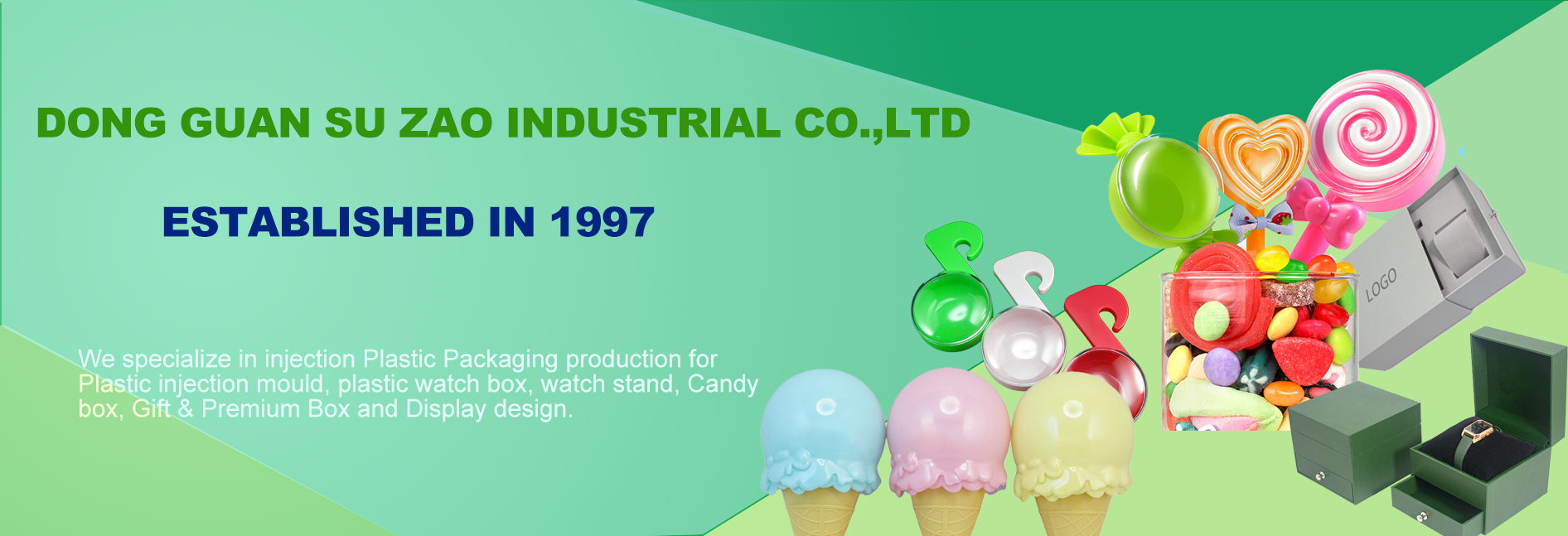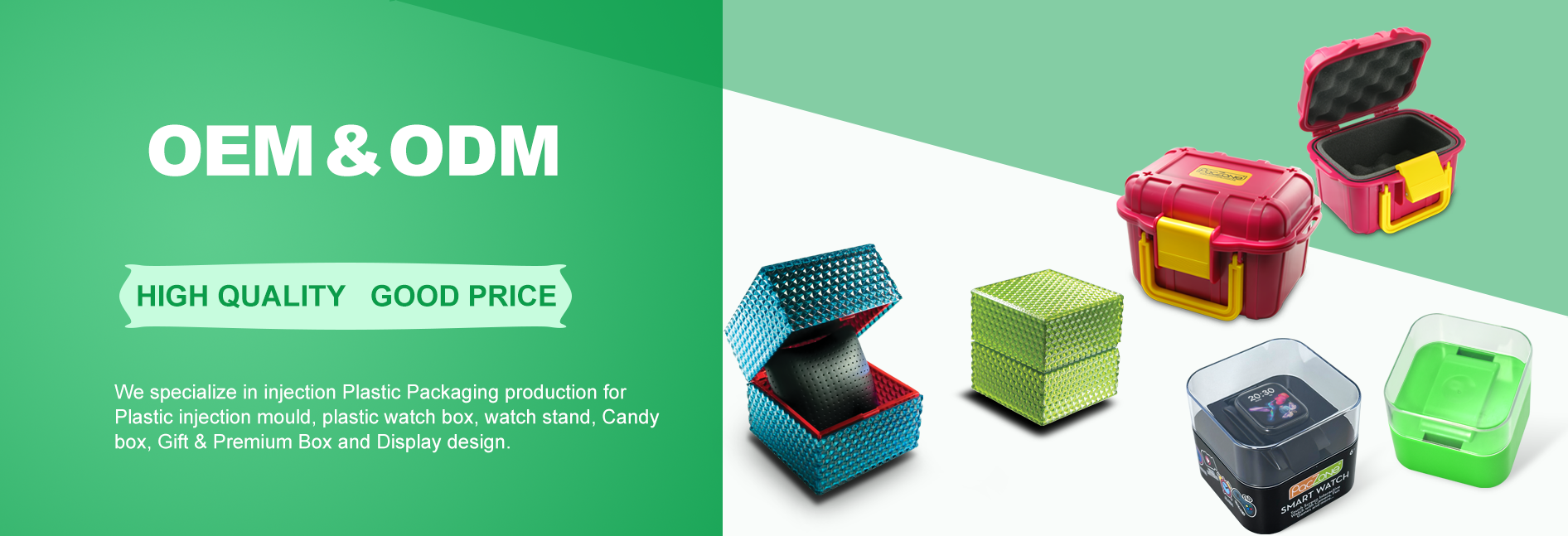



Quality
guarantee
Environmental
protection
Novel
design
Professional watch / gift / candy boxes manufacturer


1, Design and Prototyping:
Conceptualization: The process begins with the conceptualization of the watch box design. Designers create sketches and 3D models using computer-aided design (CAD) software.
Prototyping: Once the design is finalized, a prototype is created using 3D printing or CNC machining. This allows for testing and refinement of the design before mass production.
2, Material Selection:
Types of Plastic: Common plastics used include polypropylene (PP), polyethylene (PE), acrylonitrile butadiene styrene (ABS), and polycarbonate (PC). The choice of material depends on the desired properties such as durability, transparency, and weight.
Additives: Additives like UV stabilizers, colorants, and impact modifiers may be incorporated to enhance the plastic's properties.
3, Injection Molding:
Mold Design: High-precision molds are designed and fabricated based on the final prototype. These molds are typically made from steel or aluminum.
Injection Process: Plastic pellets are melted and injected into the mold under high pressure. The molten plastic fills the mold cavity, taking its shape.
Cooling and Ejection: The molded part is cooled and then ejected from the mold. This process is repeated to produce multiple units.
4, Post-Processing:
Trimming and Deburring: Excess material (flash) is trimmed off, and any rough edges are smoothed.
Surface Finishing: Techniques such as polishing, painting, or applying a protective coating are used to enhance the appearance and durability of the watch box.
Assembly: If the watch box consists of multiple parts, they are assembled using adhesives, ultrasonic welding, or mechanical fasteners.
5, Quality Control:
Inspection: Each watch box undergoes rigorous inspection to ensure it meets quality standards. This includes checking for defects, dimensional accuracy, and overall finish.
Testing: Functional tests may be conducted to ensure the watch box provides adequate protection and ease of use.
6, Packaging and Distribution:
Packaging: The finished watch boxes are packaged in protective materials to prevent damage during transit.
Distribution: The boxes are then distributed to retailers or directly to customers.
Conclusion:
The production of plastic watch boxes is a complex process that requires careful attention to detail at every stage. From design and material selection to molding and finishing, each step is crucial to producing a high-quality product that meets the needs of both manufacturers and consumers. Advances in technology and materials continue to drive innovation in this field, leading to more durable, attractive, and functional watch boxes.

Phone:+86 136 5269 1365
Email:[email protected]
Address:No.18 Fuxing Road, Xiagang Community, Chang'an Town, Donguan City, Guangdong Province





